How Does Celery Grow?
After planting celery seeds, in about 140 days, these slow growers can be harvested and enjoyed at home
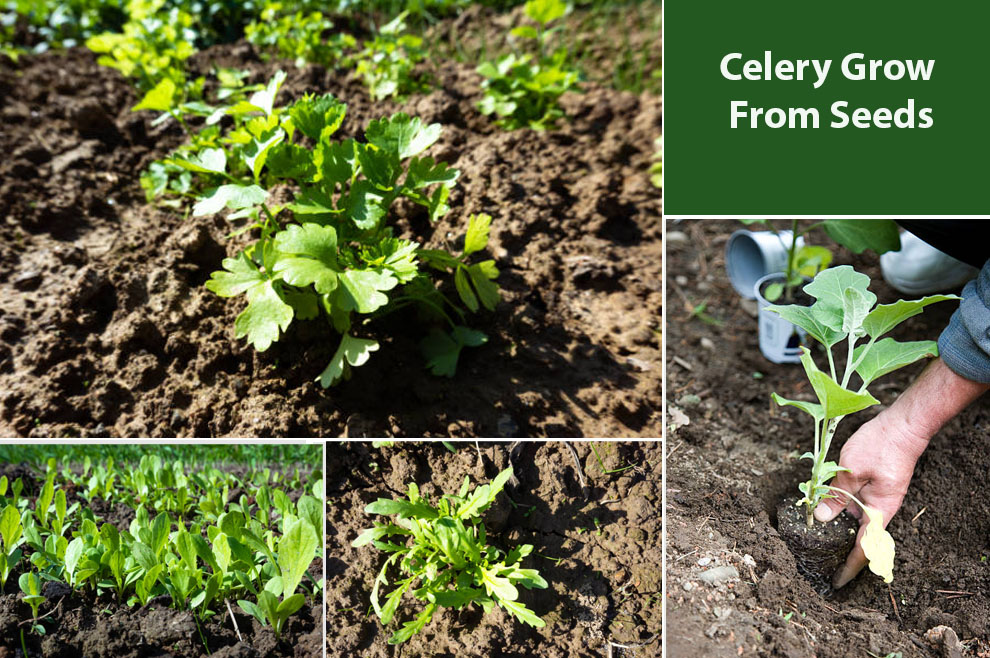
A low-calorie and high-nutrient vegetable used for its stalks, seeds, and leaves, celery is the most often used vegetable as a garnish or healthy snack. It is also popular because of its low cost.
Growing celery requires both skill and patience. It is considered challenging to grow celery if you don’t know how does celery grow from seeds.
The plant has a long growing season and a low tolerance to heat. Though it has a reputation for being a fickle plant to grow, once you understand what it needs to thrive, it is pretty easy to grow.
So, let’s look at when and where celery grows and how long it takes to germinate, and so on.
You can start growing celery indoors or outdoors from scraps or a used stalk, or seedlings. When you go high up to the North, celery is developed as a summer crop. In hot and humid areas, it is grown as a winter crop. Elsewhere, it makes for a fall crop.
How Do Celery Seeds Germinate?
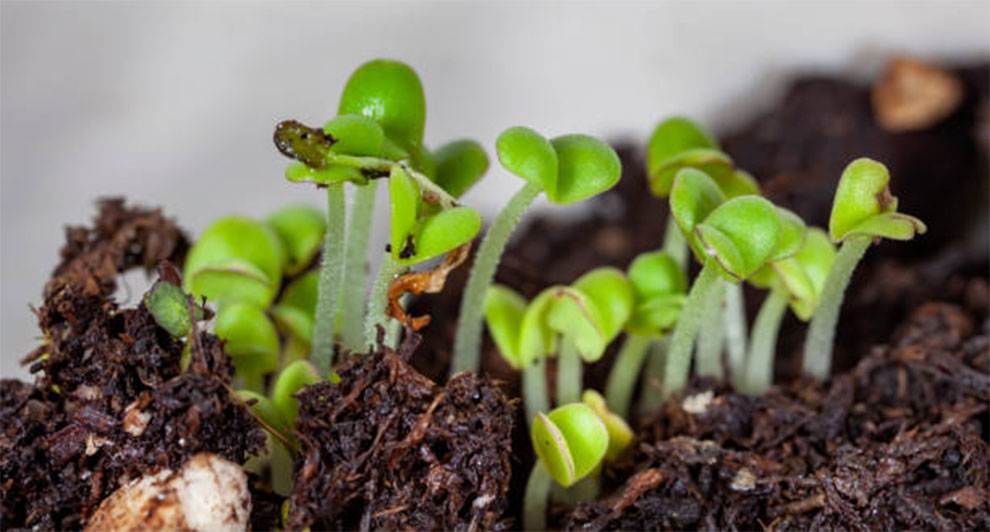
Celery seeds are tiny, so they need utmost care and a close watch. It isn’t easy to germinate them. The seedlings grow very slowly and require a lot of attention before developing into mature stalks.
For germination, three things are essential for celery seeds:
1. Ideal temperature
Celery needs a room temperature of 70 degrees F to germinate. Celery flourishes both in spring and fall. Since celery seeds enjoy cool weather, planting the seeds well ahead of the last frost date is ideal – about 8 to 10 weeks before. It would help if you started them indoors in a controlled setting.
If you are wondering how long does it take to grow celery from seed, you should know that as celery is a slow-grower, it requires a lot of time, probably 3 to 4 months, to grow.
2. A good amount of moisture
Celery needs constant moisture, and the best way to ensure this is to moisten the soil in advance, put in the seeds and spray some water. Cover the seeds with plastic wrap or create a humidity dome to keep the seeds humid.
Wait patiently for the seeds to germinate. Check them daily. Avoid watering too often. Do it only if you feel the surface soil is dry. Overwatering is terrible since the celery seeds are tiny.
3. Sunlight
One of the critical factors to know about when learning how to grow celery from seed is adequate light.
Since they need light to germinate, avoid pushing the seeds too deep into the soil while sowing. Cover them with just enough potting soil. If you don’t have sunny windows, go for a fluorescent grow light. Keep the lights close to the soil.
Celery takes 2 to 3 weeks to germinate, so patience is the first thing to keep in mind.
Keep moistening the soil till you see germination in all the seeds. Once all seeds have germinated, water them from below, but avoid overwatering. Before taking your seeds outside, harden them for 7 to 10 days.
Note: If your seeds take more than three weeks to germinate, either your seeds are too cold, have dried out, or are not getting enough sunlight.
Where To Plant Celery Seeds?
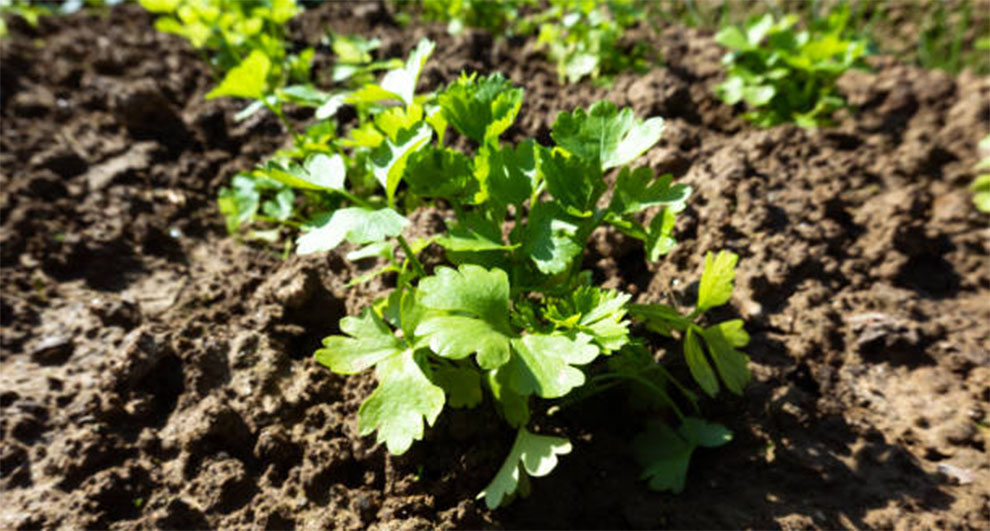
Since celery is temperature sensitive, you must be careful about planting them. Celery seedlings should be planted outdoors when the nighttime temperatures are above 50 degrees, as young plants are prone to bolting at high temperatures.
Plant them in a spot where they will receive 6 hours of direct sunlight, but it should also be a spot where the plant can be shaded during the hottest parts of the day. The place where you plant your celery should have rich soil as it requires rich nutrients to grow well.
In hot climates, celery should be grown in fall, winter, or spring. Celery cannot tolerate heat and perform poorly in temperatures over 85 degrees.
When To Plant Celery Seeds?
Celery needs 3 to 4 months to grow, so if you are looking forward to a fall crop, sow it in May or June. Need a winter crop? Sow the seeds in September or October.
How To Sow Celery Seeds?
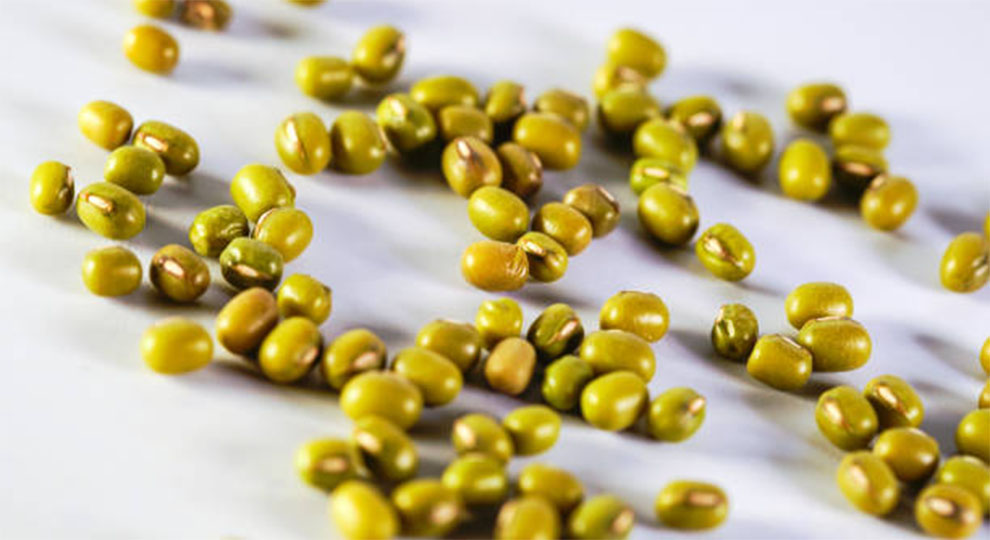
Celery seeds are tiny; hence you need to handle them with care. You have seen how to germinate celery seeds; now read our step-wise guide on sowing them so you can do it correctly.
- Before sowing, celery seeds should be soaked in warm water. Keep it overnight, as it will speed up germination.
- Use good quality seed mix in the pots.
- Press the seeds into the soil. Do not cover the seeds tightly so that the seeds get sunlight. When you sow the seeds, tap the packet of seeds above the soil so that the seeds can fall. Let them fall an inch apart from each other. Firm the seeds in the soil.
- Cover the seeds with plastic wrap, a transparent lid, or a dome. Anything that can retain moisture will work. Germination works in a week, but it can take up to 3 weeks.
- When the seedlings start to appear, place grow light above them. The light should be 3 inches above the soil and keep it on for 16 hours daily.
- The temperature should be 70 degrees during the day and 60 degrees at night.
- Keep misting regularly.
- When the plants are two inches tall, transplant them outdoors in new soil.
- The seedlings should be hardened before transplanting them. For this, reduce the water a little and keep them outdoors for a few hours each day.
Transplanting Celery Seeds Into A Pot Or Ground
Starting celery seeds indoors eight to ten weeks before the last spring frost date and later transplanting them outdoors ensures that your plant has enough time to mature.
We have seen above how to grow celery from seed; now let’s look at how to transplant them outdoors.
- Celery tends to bolt in freezing weather. So, transplant them outdoors only when the soil temperature is at least 50 degrees during the day, and it doesn’t fall below 40 at night.
- Spread 2 inches of aged compost over the garden before transplanting. Choose a spot with well-drained soil that retains moisture and doesn’t turn soggy. Tiling the compost in the top 5 inches of soil provides nutrients and enhances its water-holding capacity.
- Harden the seedlings one week before transplanting. Please place them in a spot protected from high winds and direct sunlight. Bring them outdoors every day for a few hours. Gradually increase the plant’s exposure to sunlight for a week and get them used to outdoor conditions before transplanting.
- Plant your seedlings 6 to 10 inches apart.
- Water them thoroughly so that they remain moist. Celery needs regular watering when young but avoid overwatering.
Caring For Celery Seeds
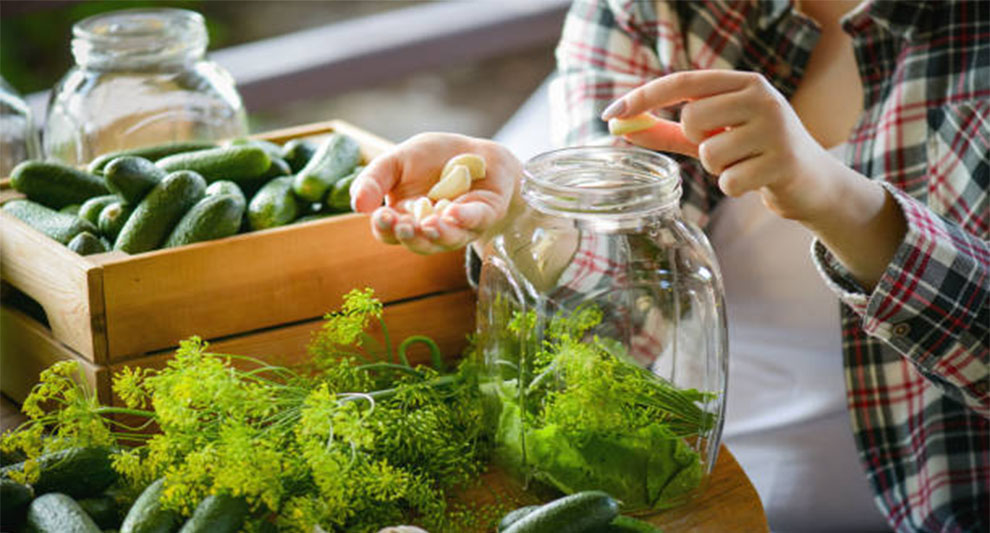
Celery is a plant that loves moderate temperatures. It cannot tolerate both hot and cold. It should be seeded indoors and transplanted in the spring once the frost has passed and harvested in late summer or early fall.
Now that you know how to grow celery plants, you must also understand what it requires to thrive well. A few things are essential for the overall growth of celery.
1. Soil
Celery prefers moist, well-drained soil that is fertile and high in organic matter. So, it would be good to invest in quality organic compost. Before planting, amend your soil with organic compost and decomposed manure.
Your soil should have a good water-holding capacity and a pH between 6.0 and 7.0 to prevent the celery from drying out. When your plant becomes 6 inches tall, mulch around them to keep the roots cool and the soil moist.
2. Sunlight
Since celery requires 6-8 hours of full direct sunlight, avoid planting your celery in such locations that get afternoon shade or shadows of nearby structures. Getting a proper amount of sun is critical to celery’s adequate growth.
3. Water
Celery cannot tolerate drought. Along with temperature, irrigation is another challenge for growing celery. Since consistent moisture is a requirement for proper growth of celery, 1 inch of irrigation or rainfall is needed every week, especially during summers.
You can use drip irrigation or soaker hoses. If you let the plant dry out anytime, it can affect your yield. The stalks will become dry and small. So, provide plenty of water during the growing season, especially during hot and dry weather.
4. Fertilizer
So, for growing celery, soil health is of utmost importance. Add 2 to 4 thick layers of compost to the soil every season before planting. Using a quality organic fertilizer can make a lot of difference. You can use comfrey pellets or coffee grounds between the plants.
When your plant reaches its second and third months of growth, side-dress it with one tablespoon of a 5-10-10 fertilizer about 3 to 4 inches from each plant. Also, try to keep your plant weed-free, but take extra care not to disturb the roots of the plants that are pretty shallow.
5. Pruning
How does celery grow without pruning? Not very well we must say. When your plant gets about ten stalks, cut the required outer stalks using a sharp knife, or pull back the outer stems from the base. Make a straight slice from the outside towards the center of the plant.
Avoid cutting the inner stalks. Leave the inner stalks for growing if the temperature in your area is above 50 degrees.
Doing this will encourage growth and help your plant maintain a more extended harvest period. If your stalks are joined together at the base, and the roots are in the ground after cutting, know that you have cut your plant correctly.
How To Harvest Celery Without Killing The Plant?
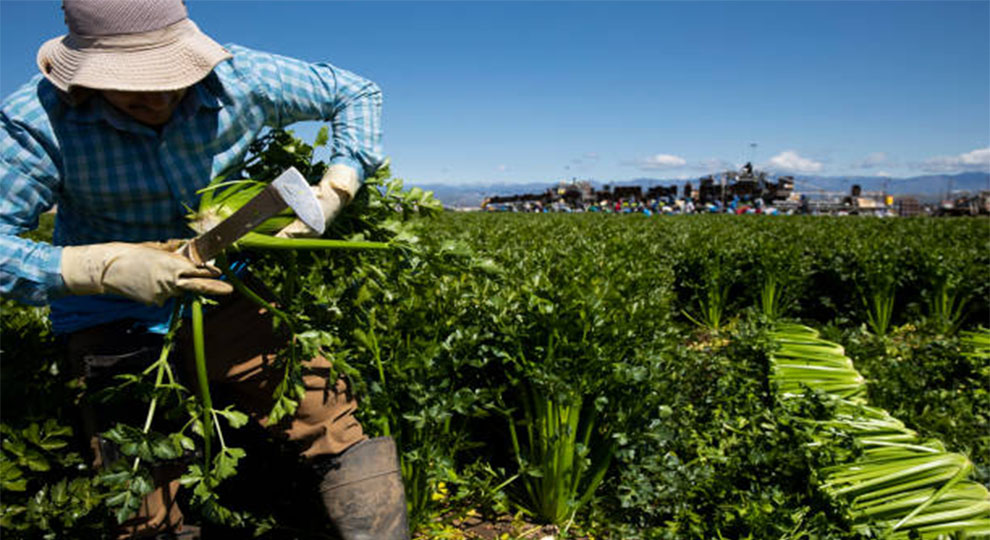
You have to be extremely careful while harvesting celery plants. To prevent the plant from dying, cut the celery stalks as needed. Doing this will ensure that your plant will continue to produce new stalks.
When you cut the entire plant, it may result in the death of the plant, so cutting individual stalks is better. Harvest the individual stalks from the outside in. Always use a serrated knife to cut the stalks.
Protecting Celery From Pests and Diseases
Celery is a pretty trouble-free plant. To control pests or diseases early on, you should cover the plants with row covers during the growing season’s first 4 to 6 weeks.
Related Growing Guides: Brussel Sprouts | Beets | Broccoli
How To Store Celery?
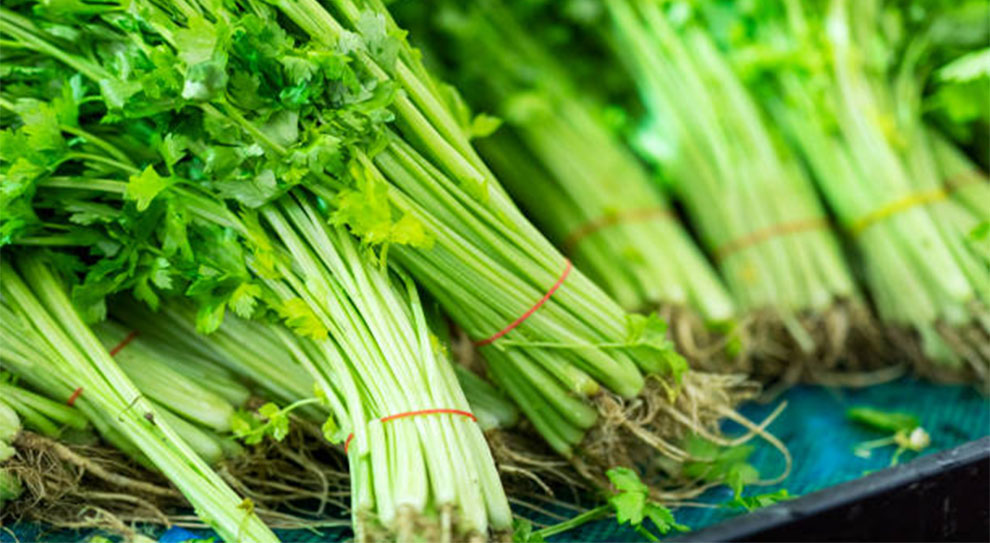
The last thing we will address after learning how to grow celery from seed is to store them for prolonged use. Celery should be stored as cold as possible, but it should not be frozen. The plant should retain 95% humidity. The quality of the celery plant deteriorates if it is stored at too warm or too cold temperatures. You will notice that the stalks will start turning yellow.
As this is challenging, the best way is to wrap the plant using a paper towel or moist before placing them in a plastic bag in the refrigerator. Celery with leaves can be stored in the fridge for a few days, while the ones without leaves can last up to 2 weeks.
If you want to store your celery for a more extended period, cut your celery into small pieces. Blanch the slices in boiling water for one minute. Once you remove them from boiling water, place them in an ice bath immediately.
Once they cool, drain them and dry them. Following it, put them in the freezer in a sealed freezer bag. You can store the celery pieces for up to 1 and a half years.
FAQs
Q. How long for celery to grow from seed?
Ans. Celery requires about 130 to 140 days to come to harvest. However, it would help if you continued to care for your plant even after transplanting your seeding.
Q. Will celery come back every year?
Ans. Celery is a biennial plant. It may overwinter in milder climatic conditions, producing occasional stems throughout the cold months. They may again pick up in spring before finally flowering.
Q. What shouldn’t be planted with celery?
Ans. Avoid planting parsnips, parsley, carrots, or turnips near celery as they fight vigorously for nutrients and moisture. Instead, cauliflower, bush beans, leeks, onions, cabbage, tomatoes, and spinach make excellent companion plants for celery.
There are helpful herbs, too, that can be planted near celery. They include dill, thyme, basil, horehound, hyssop, cilantro, tansy, and sage. Flowers like daisies, marigolds, cosmos, snapdragons, and lavender deter many insects because of their strong scents.
Q. Does celery grow underground?
Ans. One must be curious to know how does celery grow – above or below the ground? Contrary to popular belief, it does not extend below the ground. Like many other plants and vegetables, celery grows above ground.
